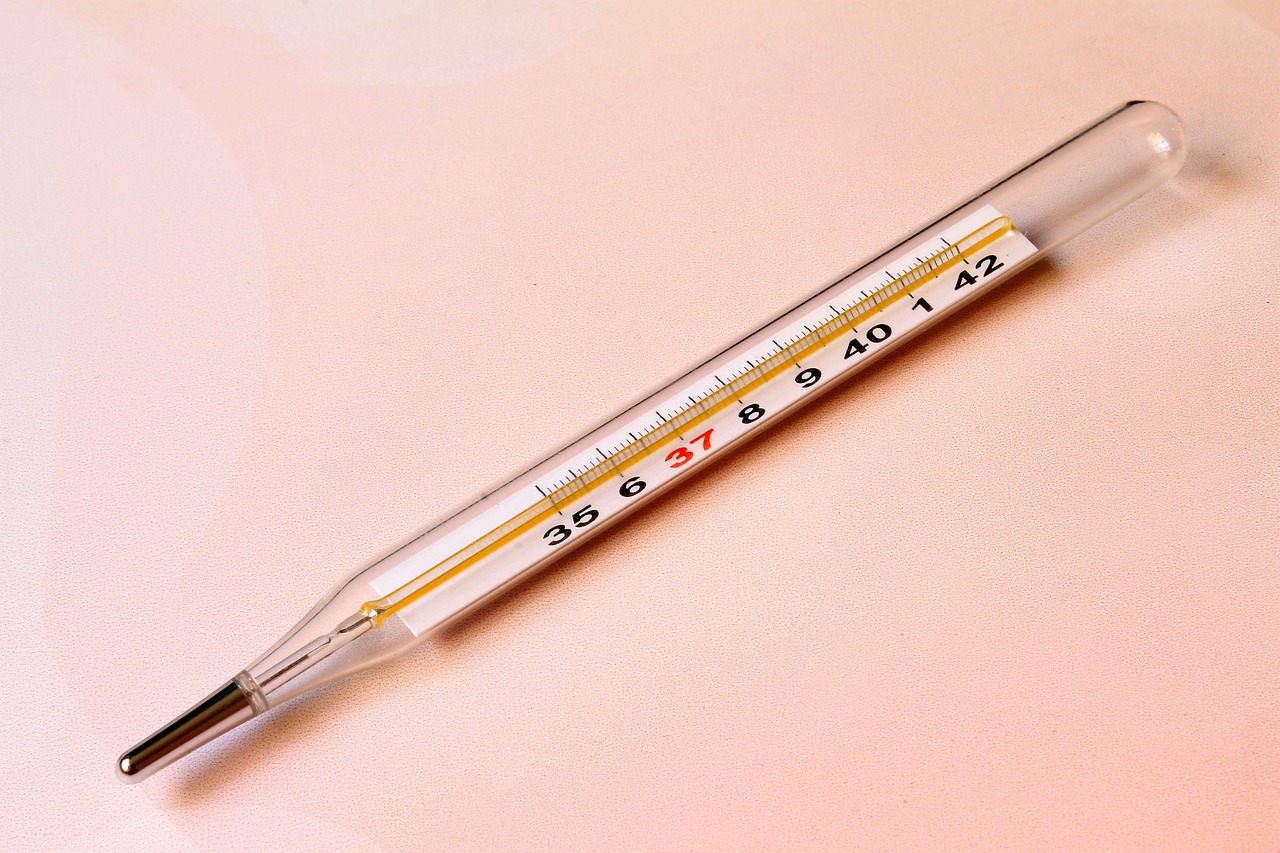
To minimize chemical risks, hazardous substances must be carefully treated, stored, transported and handled.
Chemical risk arises every time a chemical substance considered dangerous is handled or present. Uncontrolled exposure to a chemical agent opens the possibility of suffering from multiple pathologies (whether temporarily or permanently), for example. As there are substances capable of generating explosions, fires , diseases and damage to the environment, it is extremely important to inform yourself and use all possible preventive measures in order to avoid, or at least minimize, chemical risks .
It should also not be overlooked that, due to their composition, many chemical products have a high level of toxicity , which is why it is necessary to consider the toxic risk they pose to health if they are ingested, inhaled or come into contact with the skin.
Types of chemical risk
There is an enormous variety of types of chemical risk : some endanger humanity and other species and others, in short, threaten the well-being of all living beings because they have negative consequences for the environment.
People, as a result of transient or constant exposure over time to toxic products , may suffer from chronic or acute health problems. It is worth mentioning that there are both mutagenic substances and carcinogenic substances , that is, they cause mutations of genetic material, stimulate the development of some kind of cancer or increase the frequency of this pathology within a population. Poisons, in addition, are toxic substances that, if not used properly, lead to the death of plants, animals and people. Due to the effect of teratogenic substances such as alcohol and isotretinoin, fetuses and/or newborns even have a chance of suffering malformations.
It is very important to be responsible in the handling and authorization of hazardous substances because governments, companies and consumers must do their best to prevent air pollution , soil pollution and water pollution .
Ecotoxic substances are chemical mixtures or preparations that, in the form of spills, waste or air emissions, have effects on fauna and flora, causing, among other complications, the loss of biodiversity .

Exposure to mercury is harmful. It is a very toxic element that represents a serious public health problem. Hence, for example, thermometers with this material are no longer used in order to avoid inconveniences in case of breakage or spills.
On the other hand, attention must be paid to all eventualities linked to the existence and use of chemical products , since it must be considered that, beyond an environmental risk , in numerous circumstances there is, due to the components involved, a risk of fire and /or explosion risk .
It is key that laboratories act with commitment and responsibility to achieve the least harmful substances possible and find preventive measures to minimize the scope or severity of the chemical risk .
The fight must be aimed at avoiding bioaccumulation (a reality marked by the concentration of chemical substances, including mercury -based compounds, inside an organism). There are many bioindicators on the planet, that is, plants and microorganisms that end up absorbing hydrocarbons , elements associated with the phenomenon of radioactivity , cadmium , nickel , lead , zinc , etc. and by studying them it is possible to establish the level of contamination present in an ecosystem . In trophic matters, it is also possible to detect a phenomenon known as biomagnification that revolves around the accentuation of the concentration of a contaminating substance due to its incorporation through food.
Legislation, public policies and education to minimize chemical hazards
To minimize chemical hazards, a combo of actions is required that combines public policies , legislation and environmental education .
Of course, experts have to work on identifying and analyzing risks , providing chemical safety solutions, developing and implementing safety measures , personal protective equipment (PPE) and emergency protocols .
Safety standards must also be met and international and national laws and regulations must be respected in order to adapt to all requirements. Simultaneously, awareness campaigns must be carried out on the importance of protecting the environment and health from dangerous substances and environmental education must be reinforced from an early age.
It is also valuable to focus on education and training that helps teach how to manage chemical risks , as well as the investment in research and development to be able to replace the most harmful products thanks to innovation projects in clean technologies .

Pesticides, although they can keep crops safe, are dangerous as they have negative effects on human health. For this reason, its use is discouraged and it is encouraged to look for less harmful and toxic alternatives.
Sources of chemical risk
The sources of chemical risk are directly linked to human activities and the development of industries.
On a daily basis, when cleaning and disinfecting environments, detergents and cleaning products are used that must be used with extreme care and should never be left within the reach of minors or pets.
In the field of agriculture , meanwhile, it is essential to find less dangerous alternatives to herbicides, pesticides and pesticides because, in addition to putting the health of workers and animals that live in the territories affected by agrochemicals at risk, these practices increase the chance of chemical contamination in food .
Nor are the chemical risks that exist in the pharmaceutical industry when handling substances or carrying out tests framed in the preparation of drugs and medicines minor data.
The production of additives and solvents , as well as metallurgy and mining tasks where heavy metals come into play, are also areas prone to chemical risks .
